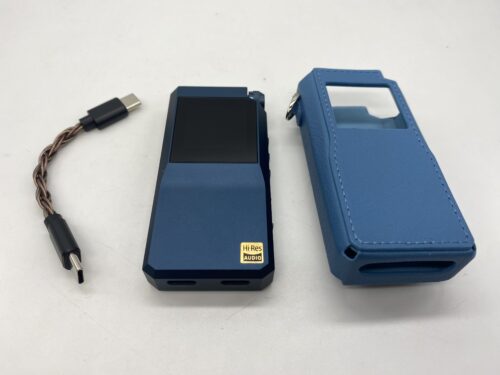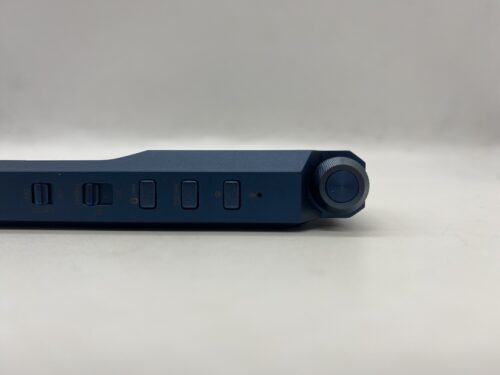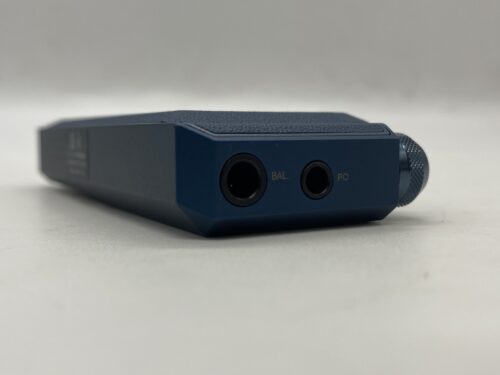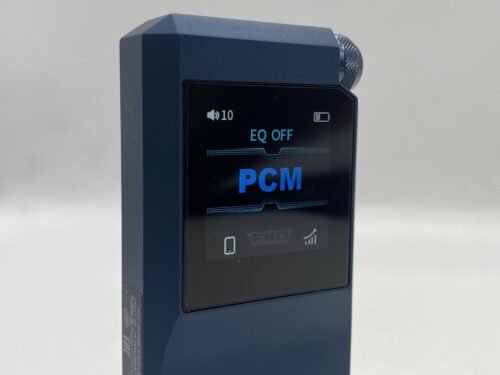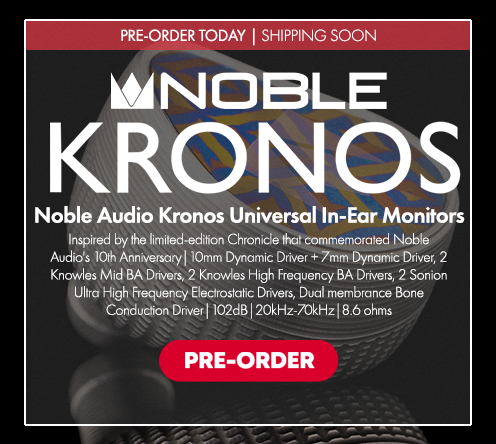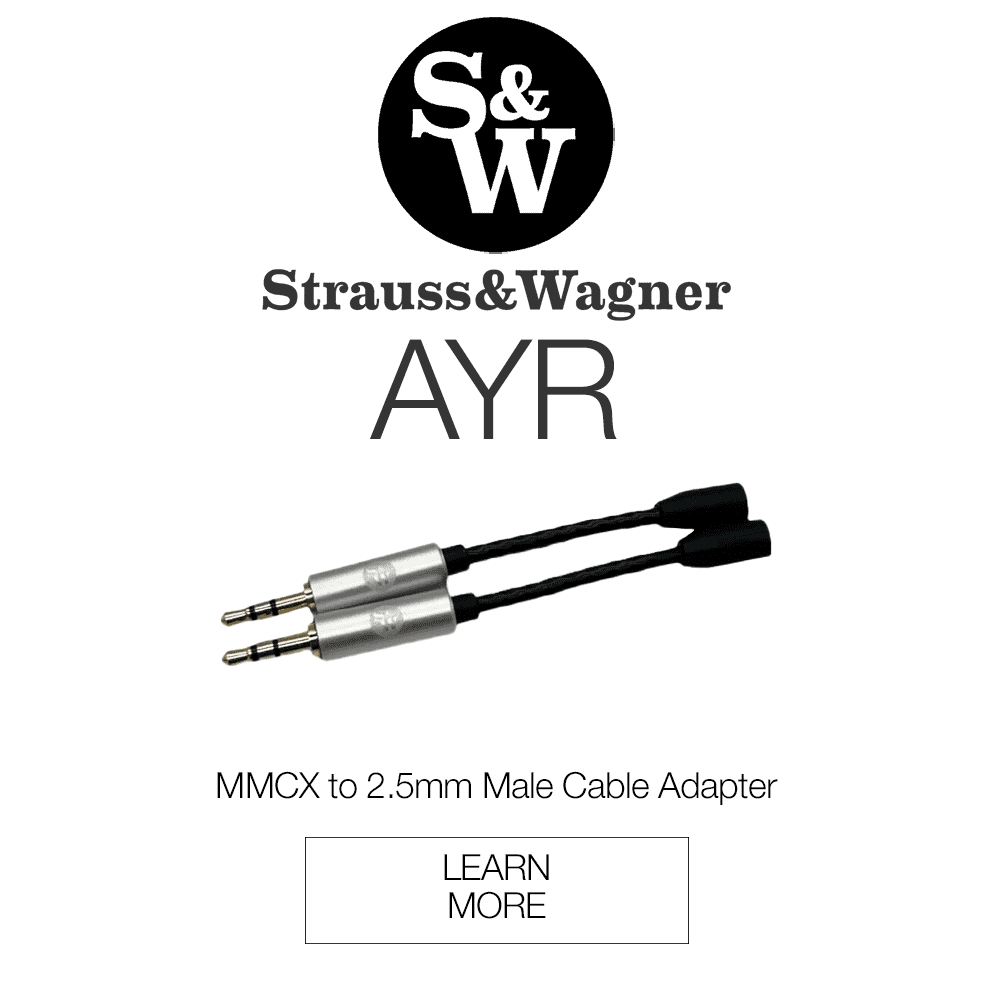The Fiio BTR17 Bluetooth amplifier is making quite a splash in the audio community, positioning itself as a significant upgrade from its predecessors, the BTR5 and BTR7. Designed for audiophiles and casual listeners alike, this device marries exquisite craftsmanship with cutting-edge technology to deliver an unparalleled listening experience. From its sleek aluminum chassis and stylish leatherette case to the dual Type-C OTG data cable and pre-installed protective film, the BTR17 is not just a piece of audio equipment—it’s a stylish accessory for the modern music enthusiast. Let’s explore the design, features, sound quality, and overall performance of the BTR17 to help you decide if it’s the right addition to your audio setup.
What You Get
- BTR17 Unit
- Leatherette Case
- Specially made short dual Type-C OTG data cable
- Quick Start Guide
- Warranty Card
- PET Protective Film (pre-installed)
Build
With the BTR7, Fiio started to get serious about the construction of their Bluetooth products. It was a big step up from the BTR5, and now the BTR17 comes in as the next step up from the BTR7. When out of the case, it’s almost like you’re looking at a product from a different line, but it doesn’t lose its Fiio identity.
Its most apparent upgrades are its volume wheel and bound raw lather back. The rest of the chassis is made from aluminum alloy materials, and with all of these components combined, the BTR17 feels more like a luxury product than ever before. It feels more refined than the BTR7, which appeared more bulky and less sleek than how the BTR17 looks. There’s also the screen, which is around the same size as the BTR7 but has a reworked display. It shows about the same amount of info but the screen resolution is better.
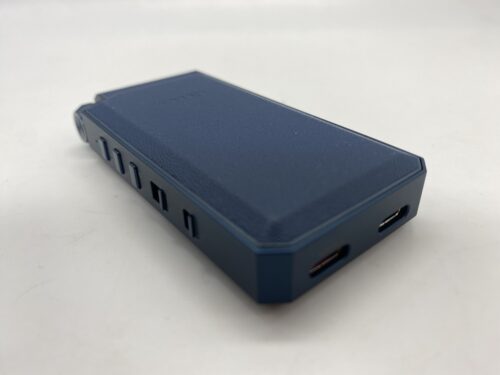
Regarding what’s on the physical device, the BTR17 supports both 3.5mm and 4.4mm headphone outputs. A welcome addition to the BTR17 is two separate USB-C slots for DAC and power. As a user of the BTR5 and BTR7, I much prefer this method over cycling through the menu or app to prioritize charging or USB. Using the switches on the side of the device also helps with creating less confusion about whether you want the BTR17 to charge or be a DAC dongle. There’s also a separate switch for D-Mode(desktop mode) where the BTR17 becomes a more effective DAC/Amp combo.
Design
The BTR17 uses dual flagship ES9069Q DAC chipsets. These chips aim to deliver high performance while using less power. They try to eliminate digital noise with 130dB of dynamic range and -120dB total harmonic distortion. This creates a potentially richer signal flow and the BTR17’s THX AAA 78+ hopes to help bring out that signal with significant drive. These are the same amp circuits that the KA17 and M23 use, with a four-channel fully balanced design with parallel op-amps for increased control and clarity.
Bluetooth
The BTR17 uses a QCC5181 Bluetooth chip, which is a flagship chipset that best serves the standard for LE audio transmission. It supports Bluetooth version 5.4, is capable of fast pairing, and a stable connection that I have never experienced any dropouts with. There’s a slew of high-end CODECs the BTR17 offers, including LDAC and aptX Lossless which can transmit 96kHz/24bit audio with an Android device. For those who doubt that these CODECs can deliver uncompromised audio, the wired option has no doubts and should deliver 768k/32bit DSD 512 through USB-C.
Battery Life
Depending on whether you are using balanced or unbalanced headphones, the BTR17 should give you around 9 hours of playtime. This is about consistent with previous models so if you’re looking for an improved battery life you might be disappointed. For the price though, the BTR17 has a pretty average battery life.
Sound Impressions
There’s nothing more fun for me than testing different headphones and IEMs with Fiio’s Bluetooth products because that means I can mess around with EQ. Most of my listening time with the BTR17 is spent looking at the app on my phone, trying to get the sound just right on each new track I listen to. With that said, this section will be a lot more subjective than usual, since there are so many different ways to hear what the BTR17 has to offer. For this review, I used the MEZE Alba, Sennheiser IE 600, Dan Clark Audio NoireX, and Focal Hadenys.
Starting off with the Meze Alba set a good standard for what I can expect with the BTR17, pairing it with a product around the same price range. I tend to prefer a small high-shelf when I get the opportunity to use EQ, and I knew the Alba had expressive highs so I wanted to hear what I could get from it. Through the BTR17, the Alba was crisp and glistening. The timbre becomes even more sparkly, but it can get out of control pretty fast. The BTR17 won’t shy away from pricing brightness if you allow it, and listening to the Alba made that very clear. Adding a bass boost resulted in higher gain, but the tone of the Alba didn’t feel staggeringly different. You get more punch, and bass notes appear more distinct, especially when attenuating some resonance around 250Hz.
Switching to the NoireX revealed more midrange, soundstage, and imaging properties handled by the BTR17. I sometimes like to try to get heightened vocals with EQ, but the BTR17 always kept this very neutral presentation. You get some striking notes and increased finesse, but the level of detail doesn’t unfold as elegantly as you might want. The NoireX reveals smoother details with the BTR17, which is great for pure enjoyment but if you’re looking for deeper artifacts you might not get it.
You might get more depth out of the BTR17 on the soundstage. Spatial imaging enhances immersion in both the NoireX and the Hadenys, with more distinct movement from the BTR17. Sound elements are more clearly stacked up vertically, and the width of the sound is stretched out to expand past your shoulders. The open-back Hadneys felt less strict and allowed them to move freely around the mix more distinctly.
Summary
The Fiio BTR17 is an impressive advancement in the realm of Bluetooth audio amplifiers, combining understated elegance with powerful performance features. With its dual flagship DAC chipsets, versatile connectivity options, and enhanced sound capabilities, the BTR17 is tailored for both casual listeners and serious audiophiles. While the battery performance remains average compared to its predecessors, the overall sound experience and build quality make it a worthy investment. Whether you’re looking to upgrade your existing setup or delve into the world of high-fidelity audio, the BTR17 stands out as a premium choice that delivers on both style and substance. For anyone seeking to enrich their listening experience, the BTR17 could very well be the perfect companion.

The Fiio BTR17 is available at Audio46.
Compare the ranking of various headphones, earbuds and in-ear monitors using our tools.
Discuss this, and much more, over on our forum.
---MAJORHIFI may receive commissions from retail offers.



